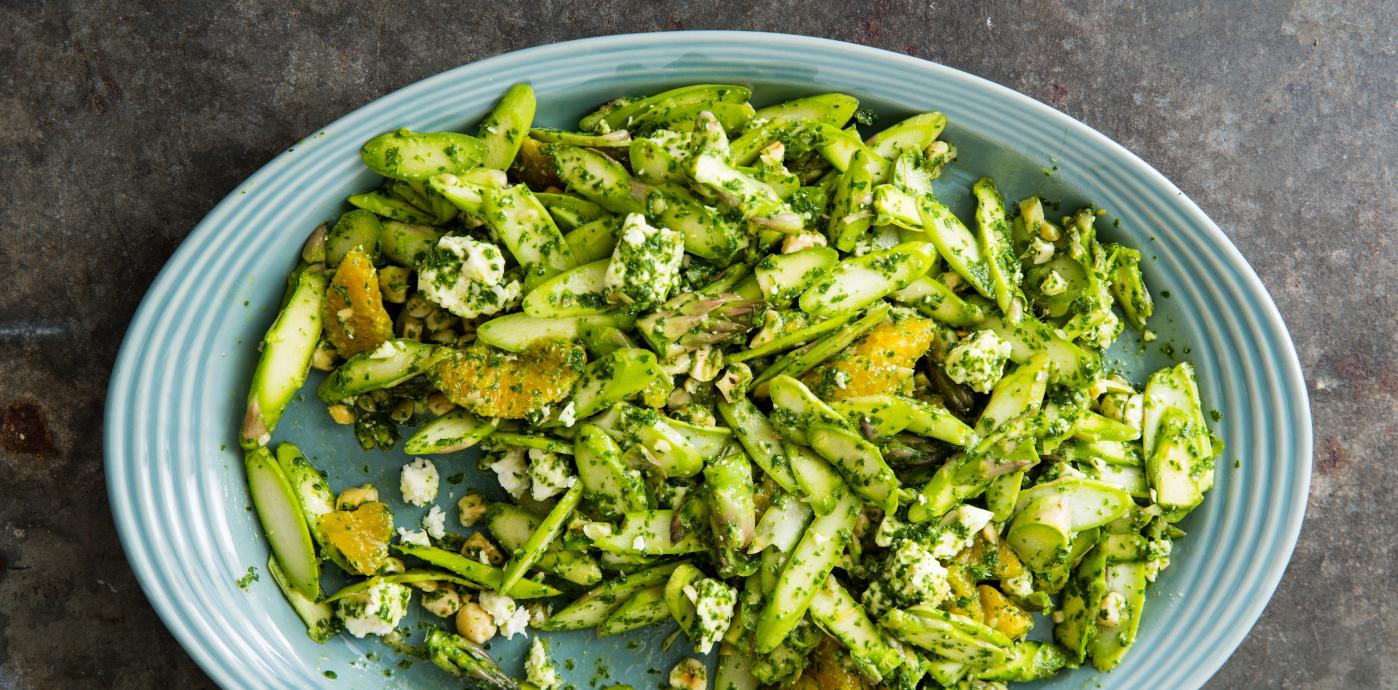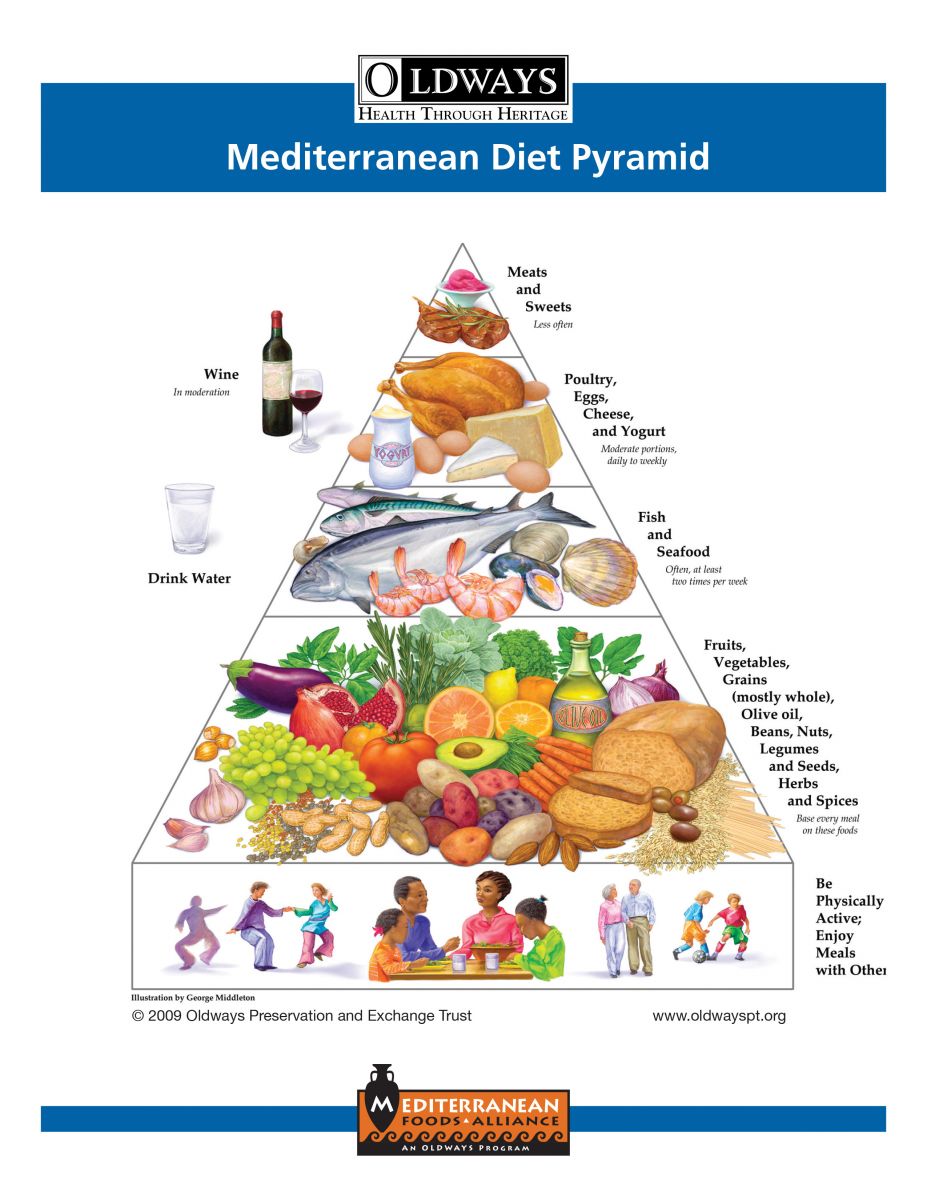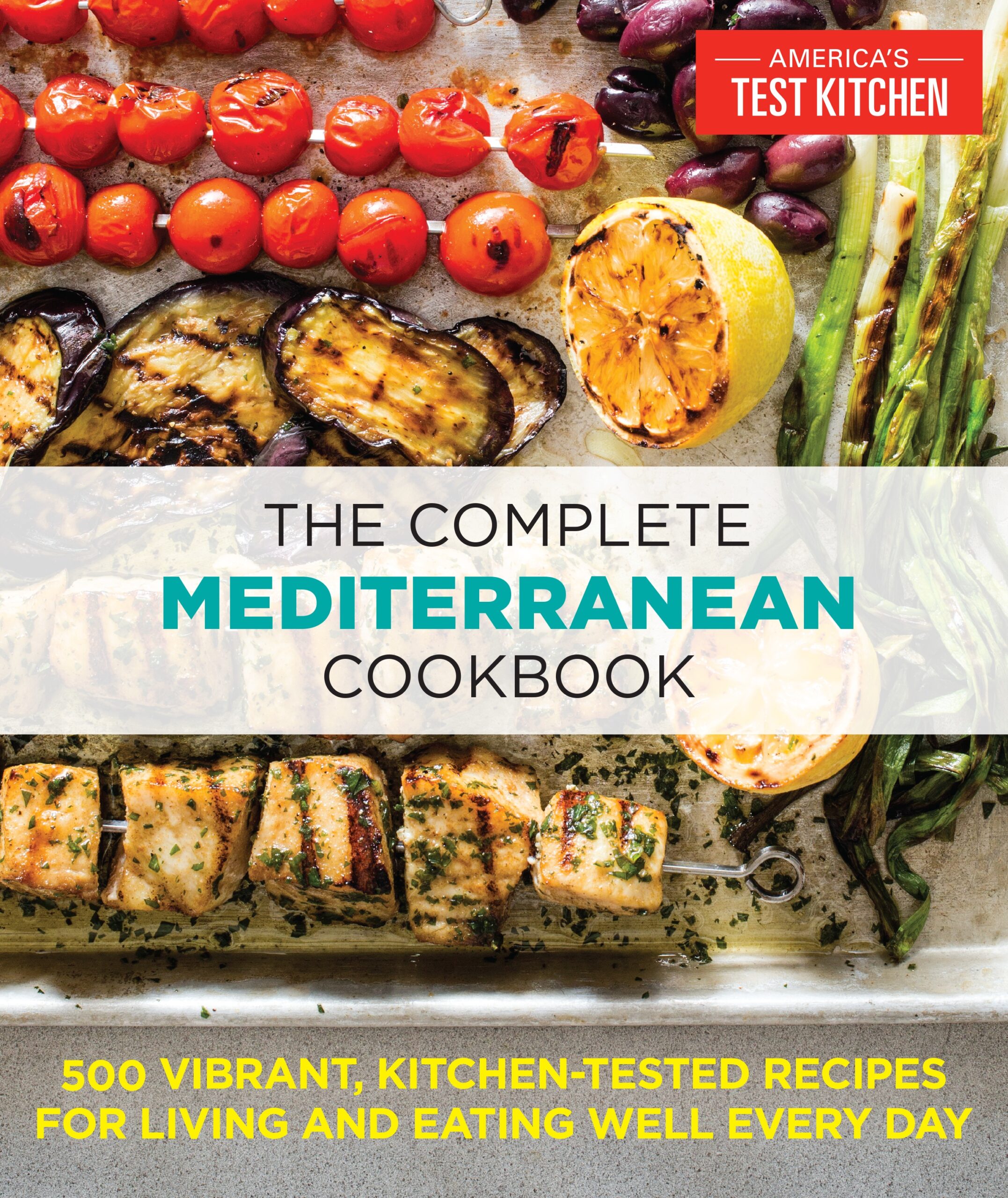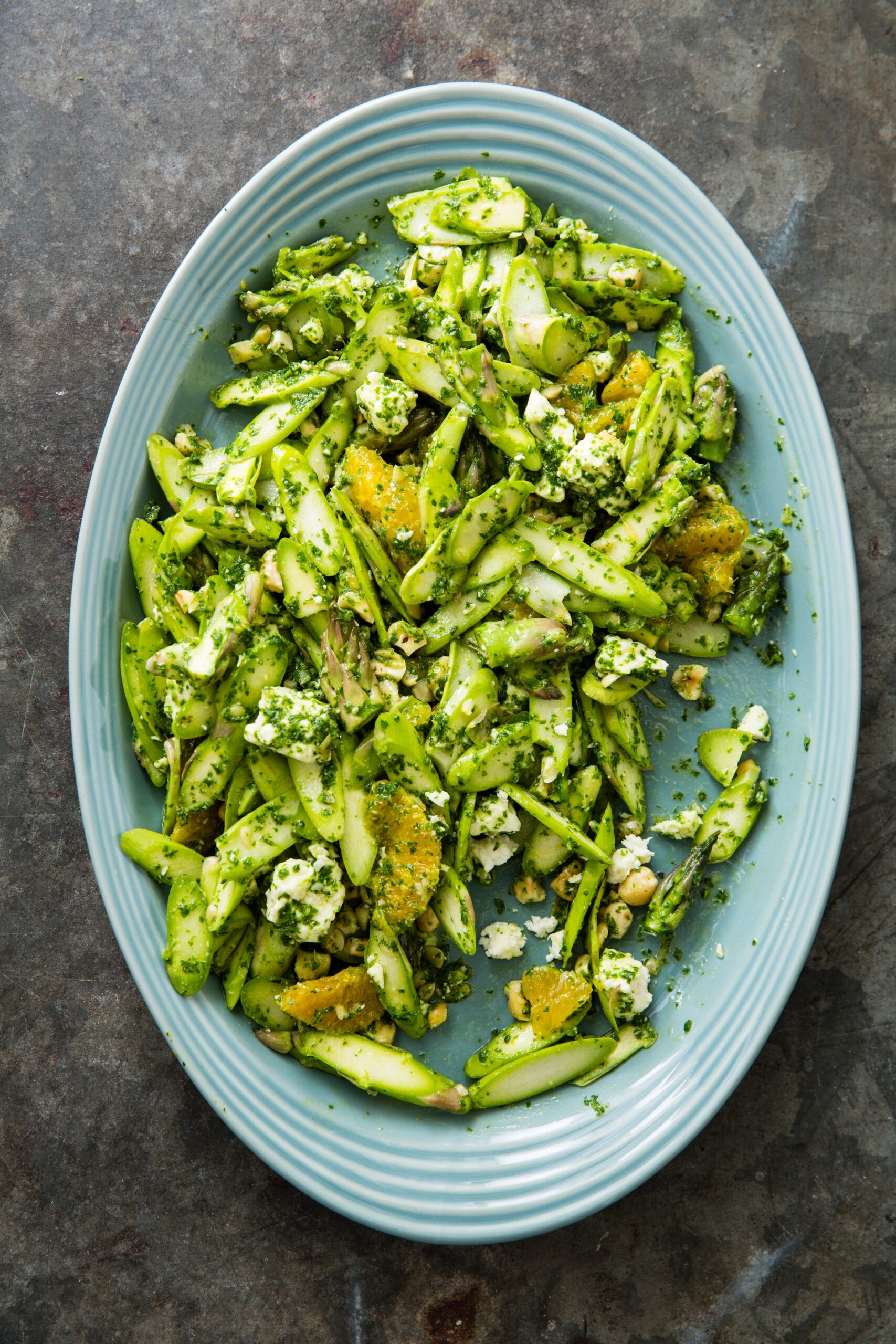From pizza to sushi, many globally inspired dishes have earned a permanent place on American menus. Now, thanks to our insatiable appetite for hummus and Greek restaurants, it seems that Mediterranean food is next on the list.
The elegant simplicity of Mediterranean cuisine is beautifully encapsulated in Americas Test Kitchens recently released book, The Complete Mediterranean Cookbook. This colorful volume features our iconic Mediterranean Diet Pyramid, and an impressive collection of more than 500 recipes, each of them developed using the rigorous Americas Test Kitchen methodology.
If we’re developing a recipe, we do research and and 10 to 20 recipes for each dish, said Suzannah McFerran, an executive food editor at America’s Test Kitchen who helped work on the book. We make I’ve of them that are all different with their approach, and taste them side by side. Then we put together a working recipe.
America’s Test Kitchen, the publishing powerhouse also responsible for Cook’s Illustrated, Cook’s Country, and Cook’s Science, epitomizes American cookery. But when demand for Mediterranean inspired recipes began pouring in, they set their sights on a different culture and cuisine.
It was a fun project, and it took us a little bit out of our norm. We don’t usually focus on a specific region, explained McFerran. flOur customer base and fans let us know that they did want a book that tackled this. The Mediterranean diet reflects a way of eating that people want to eat.
Holistic approaches to nutrition and wellness are catching on as the national discussion of food has heightened over the past 8 years. The great thing about the Mediterranean diet is its emphasis on freshness, flavor, and variety not deprivation. Plus, if your kitchen is stocked with fresh herbs, citrus, and spice blends, you’ve got the three essentials for great Mediterranean recipes. Topping a dish with a yogurt sauce or a vinaigrette, is another Mediterranean-inspired finishing touch that puts a recipe over the edge, according to McFerran.
One of the most striking differences between this recipe collection and standard American fare is the favored protein source. We did a lot more beans and fish in this book than we’ve ever done in a book, explains McFerran. Eating less red meat and trying to figure out what to replace it with is taking hold in this country. For this reason, McFerran predicts that we’ll see people eating more fish in the coming year, in line with the growing appreciation for Mediterranean diets.
This book comes at a sombering time for traditional diets around the world. The United Nations Food and Agriculture Organization reports that the Mediterranean diet is being threatened by climate change, a misuse of natural resources, and a loss of young talent in farming. But by shopping locally and getting more comfortable in the kitchen, we can help reverse trend.
I think one of the things that’s lost the most here [in the US] is families cooking together, explains McFerran. Bringing them into the process in the kitchen is part of the magic in that region [the Mediterranean] and in cooking in general.
If you’re ready to bring the Mediterranean diet into your home, browse the Mediterranean recipes on our site, or check out this preview recipe from The Complete Mediterranean Cookbook below.
Kelly Toups, RD
BONUS: Asparagus Salad with Oranges, Feta, and Hazelnuts Recipe
Recipe and photo from The Complete Mediterranean Cookbook from America’s Test Kitchen. See more here.
Instead of roasting our asparagus, we took a much different approach and made a fresh, vibrant salad with raw asparagus. Slicing the spears thin was key to keeping them crunchy, not woody. An herb-based dressing complemented the freshness of the asparagus. Sweet orange segments, briny feta, and toasted hazelnuts were the finishing touches.
Serves 4 to 6
For easier slicing, look for large asparagus spears, about ½ inch thick.
PESTO
2 cups fresh mint leaves
¼ cup fresh basil leaves
¼ cup grated Pecorino Romano cheese
1 teaspoon grated lemon zest plus 2 teaspoons juice
1 garlic clove, minced
Salt and pepper
½ cup extra-virgin olive oil
SALAD
2 pounds asparagus, trimmed
2 oranges
4 ounces feta cheese, crumbled (1 cup)
¾ cup hazelnuts, toasted, skinned, and chopped
Salt and pepper
1. FOR THE PESTO: Process mint, basil, Pecorino, lemon zest and juice, garlic, and ¾ teaspoon salt in food processor until finely chopped, about 20 seconds, scraping down sides of bowl as needed. Transfer to large bowl. Stir in oil and season with salt and pepper to taste.
2. FOR THE SALAD: Cut asparagus tips from stalks into ¾-inch-long pieces. Slice asparagus stalks inch thick on bias into approximate 2-inch lengths. Cut away peel and pith from oranges. Holding fruit over bowl, use paring knife to slice between membranes to release segments. Add asparagus tips and stalks, orange segments, feta, and hazelnuts to pesto and toss to combine. Season with salt and pepper to taste. Serve.
Nutrition Facts: 390 calories, 33 fat, 7g saturated fat, 20mg cholesterol, 17g carbohydrates, 11g protein, 7g ber, 490mg sodium










Leave a comment